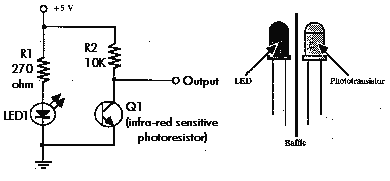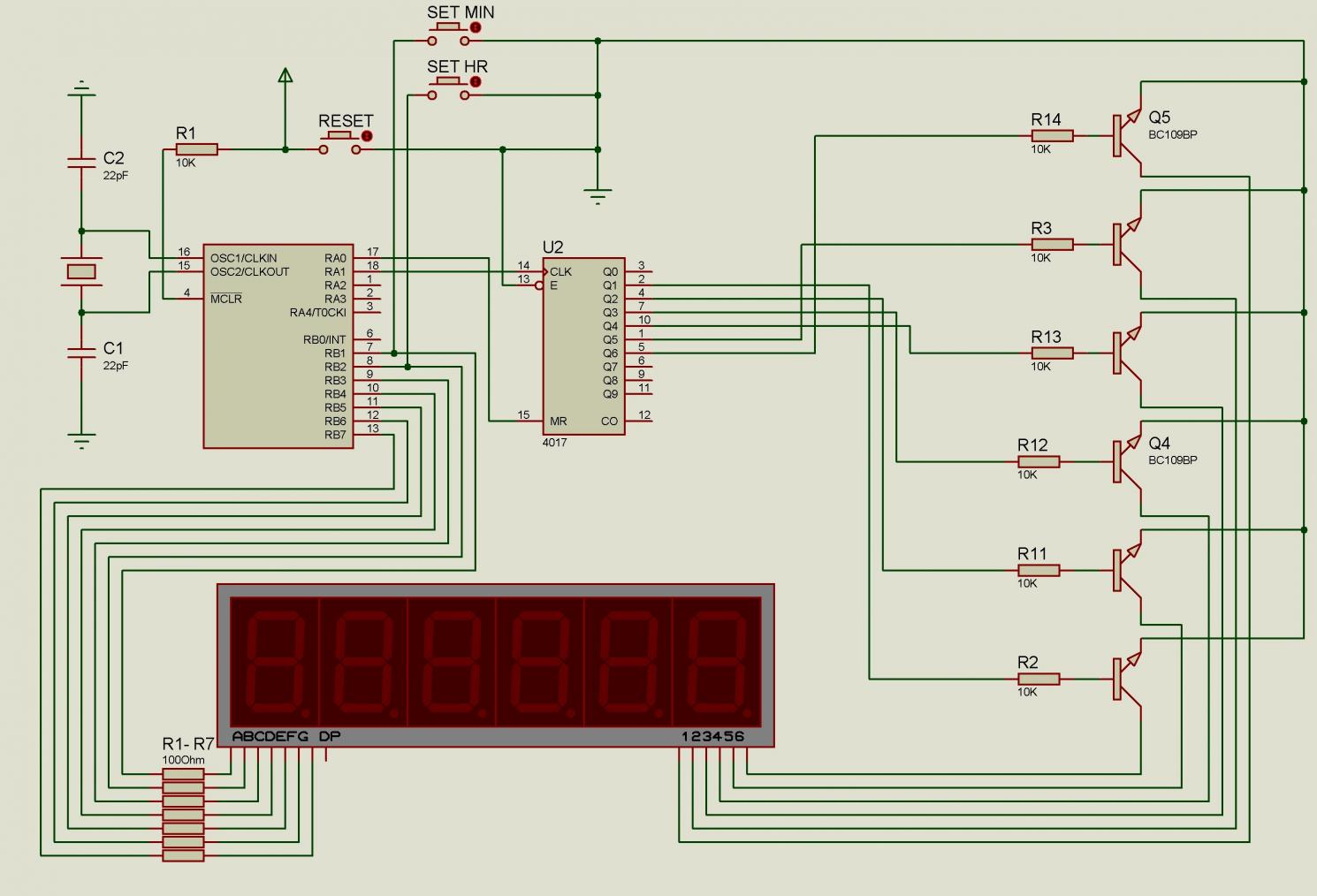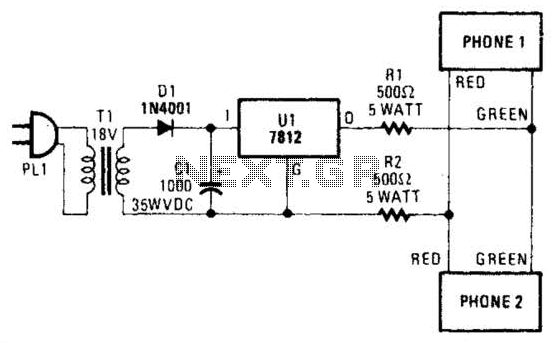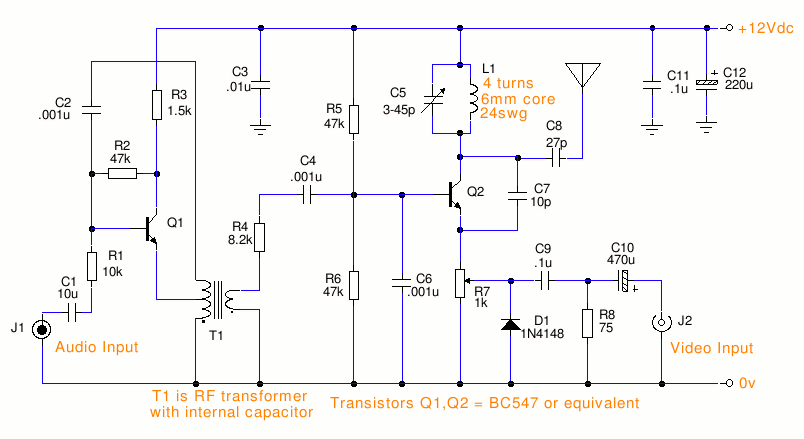
Metal Detector DIY Circuit

The core component of this DIY metal detector circuit is the CS209A. The metal detector is constructed with a single coil of 100 µH. The CS209A contains an oscillator that forms an LC circuit; the inductance of the coil alters when it is in proximity to metal objects. LED 1 illuminates, and the buzzer activates when the coil experiences a change in inductance. The setup process is straightforward: VR1 is adjusted (away from any metal objects) until LED 1 lights up and the buzzer sounds. Subsequently, VR1 is fine-tuned until both the LED and buzzer turn off.
The CS209A metal detector circuit operates based on the principle of inductive reactance, where the oscillation frequency of the LC circuit is influenced by the presence of metallic objects. The oscillator generates a signal that drives the coil, which acts as the inductor in the circuit. When the coil is near metal, the inductance increases, leading to a shift in the oscillation frequency. This frequency shift is detected by the CS209A, which triggers the output components: LED 1 and the buzzer.
The circuit includes a variable resistor (VR1) that allows for calibration of the sensitivity. Initially, VR1 is set to a position that ensures the circuit is responsive to metal detection. As the user moves the coil away from metal objects, VR1 is adjusted to minimize false positives, ensuring that both the LED and buzzer remain inactive when no metal is detected.
In terms of construction, the coil should be wound carefully to achieve the specified inductance of 100 µH. The choice of wire gauge and the number of turns will affect the performance of the detector. The circuit should be housed in a suitable enclosure to protect it from environmental factors and to prevent accidental adjustments to VR1 during operation.
Overall, this DIY metal detector circuit is a practical application of basic electronic principles, providing an accessible project for hobbyists and electronics enthusiasts. Proper tuning and calibration are essential for optimal performance, and the simplicity of the design allows for easy modifications and enhancements based on user experience.The heart of this diy metal detector circuit is CS209A. Themetal detectorit is build with one coil of 100uH. CS209A has one oscillator wich forms an LC circuit, the inductance of the coil will change when it is near metal objects. LED 1 will light and the buzzer turns on when the coil is changing inductance. The setup is easy, VR1 is adjusted ( away from any metal objects ) so that LED 1 will light and the buzzor sounds on, and then VR1 will be trimmed until led and buzzer are off. 🔗 External reference
The CS209A metal detector circuit operates based on the principle of inductive reactance, where the oscillation frequency of the LC circuit is influenced by the presence of metallic objects. The oscillator generates a signal that drives the coil, which acts as the inductor in the circuit. When the coil is near metal, the inductance increases, leading to a shift in the oscillation frequency. This frequency shift is detected by the CS209A, which triggers the output components: LED 1 and the buzzer.
The circuit includes a variable resistor (VR1) that allows for calibration of the sensitivity. Initially, VR1 is set to a position that ensures the circuit is responsive to metal detection. As the user moves the coil away from metal objects, VR1 is adjusted to minimize false positives, ensuring that both the LED and buzzer remain inactive when no metal is detected.
In terms of construction, the coil should be wound carefully to achieve the specified inductance of 100 µH. The choice of wire gauge and the number of turns will affect the performance of the detector. The circuit should be housed in a suitable enclosure to protect it from environmental factors and to prevent accidental adjustments to VR1 during operation.
Overall, this DIY metal detector circuit is a practical application of basic electronic principles, providing an accessible project for hobbyists and electronics enthusiasts. Proper tuning and calibration are essential for optimal performance, and the simplicity of the design allows for easy modifications and enhancements based on user experience.The heart of this diy metal detector circuit is CS209A. Themetal detectorit is build with one coil of 100uH. CS209A has one oscillator wich forms an LC circuit, the inductance of the coil will change when it is near metal objects. LED 1 will light and the buzzer turns on when the coil is changing inductance. The setup is easy, VR1 is adjusted ( away from any metal objects ) so that LED 1 will light and the buzzor sounds on, and then VR1 will be trimmed until led and buzzer are off. 🔗 External reference





